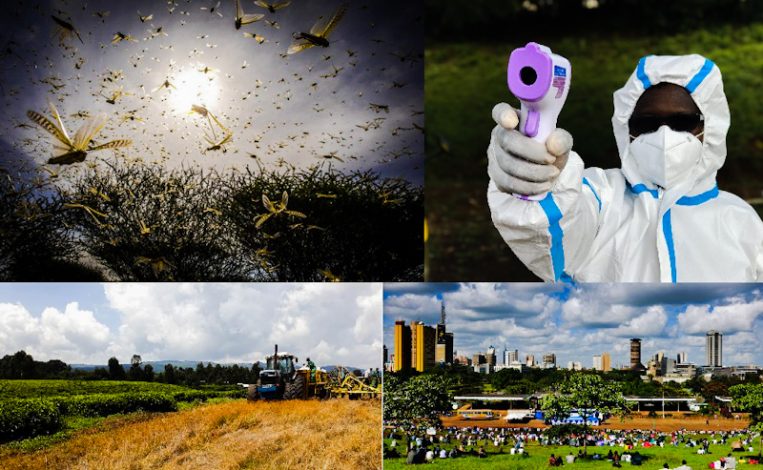This content has been archived. It may no longer be relevant
President Uhuru Kenyatta Saturday presented a plan to gradually reopen the economy while also monitoring the coronavirus pandemic situation in the country.
“We will reopen this economy but it must be in a way that does not endanger many thousands of lives,” said President Uhuru Kenyatta in his fifth address to the nation.
To progressively resume to normal, besides an extension of the existing curfew by another 21 days, the National Response Emergency Response Committee has been directed to map out the economic sectors and activities on the basis of infection risk.
This mapping when combined with increased testing and more exact contact tracing will decide how the economy will be progressively reopened.
“The key to returning to normal life is keeping our infection rates falling and raising our testing rates. This is giving our experts the data and insights to guide our policy decisions,” said Kenyatta.
READ:
- Kenya Formulating Post-Covid-19 Economic Recovery Plan
- Steady Recovery Seen in Kenya’s Flower Industry, But No Freight Capacity
Accordingly, Cabinet Secretary for Health, Mutahi Kagwe, is expected to announce protocols that would see the re-opening of a few restaurants and eateries that show the highest levels of health regulation compliance, and the ability to arrange for employee testing, to undertake minimal operations’.
30 days National Hygiene Programme
The government’s focus is to create more jobs. President Kenyatta said this will be through the ‘National Hygiene Programme’.
“This first phase of the National Hygiene Programme for the next thirty days will employ 26,148 workers, and eventually grow to over a hundred thousand of our youth,” he said targeting residents in 23 informal settlements, spread across 7 counties.
The Programme will commence on Wednesday, April 29, and run for 30 days and will employ 26,148 workers, and eventually grow to over a 100,000 youths.
“To demonstrate the principles of this approach—the making of face-masks will be undertaken by 4,048 tailors residing in those settlements. For their neighbourhoods, they will make up to 250,000 masks per day. This intervention stimulates the local economy while advancing our war against the coronavirus,” he said.
The next phase will target micro, small, and medium enterprises to be executed through under the Universal Health Coverage (UHC) agenda and will utilise 5 Billion Kenya Shillings.
“I have spoken to most of our development partners and found a positive response. In the next week or two, billions of shillings will be added to our initiatives to offer direct relief to Kenyans,” he said in his nationwide address.
The Jua Kali sector will play a major role in the production, while the country leverages its Technical Vocational Education Training Centres and the Constituency Industrial Development Centres.
The National Treasury disclosed that it expects to enter into a 3-year International Monetary Fund or World Bank-supported precautionary facility arrangement by end of April 2020 to safeguard the economy against further effects of the shock.
READ
According to the Head of State, these measures are expected to complement other government initiatives to minimise the negative impact of the coronavirus on the economy and on the welfare of the people.
“We have been spared the more terrible human cost so far because the government followed the advice of our medical experts and acted quickly to stop this disease spreading and killing large numbers of Kenyans. At the beginning of this pandemic, our medical experts had projected 10,000 people would be infected by the end of April. However, due to determined mitigation measures—we are now at 343 confirmed cases,” he said.




